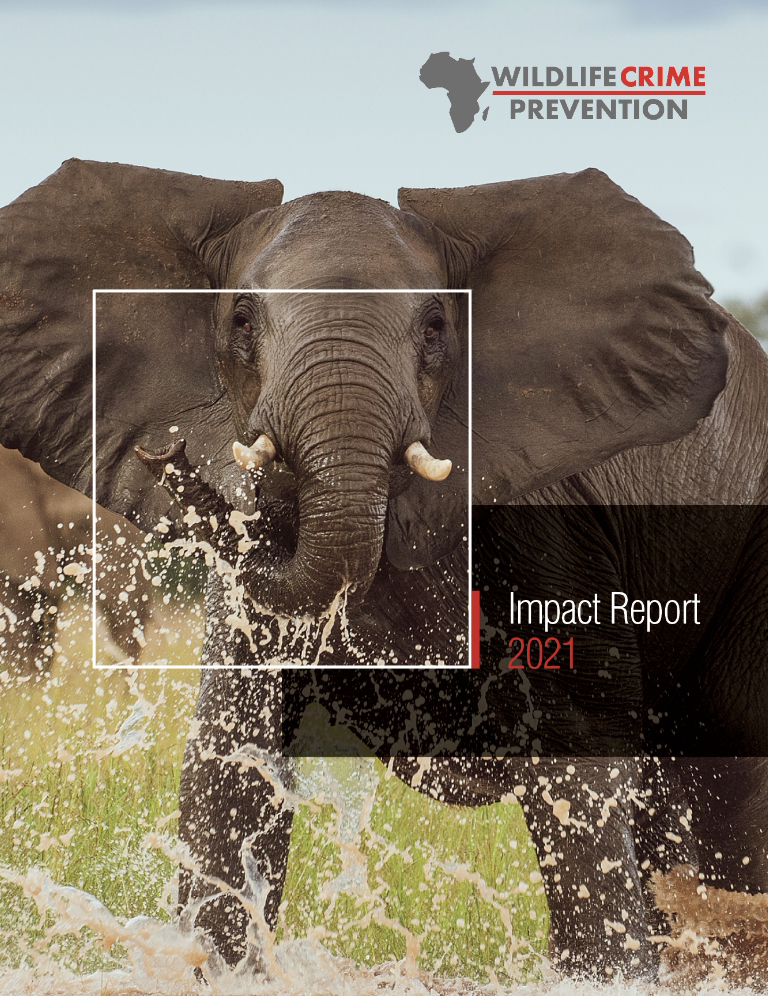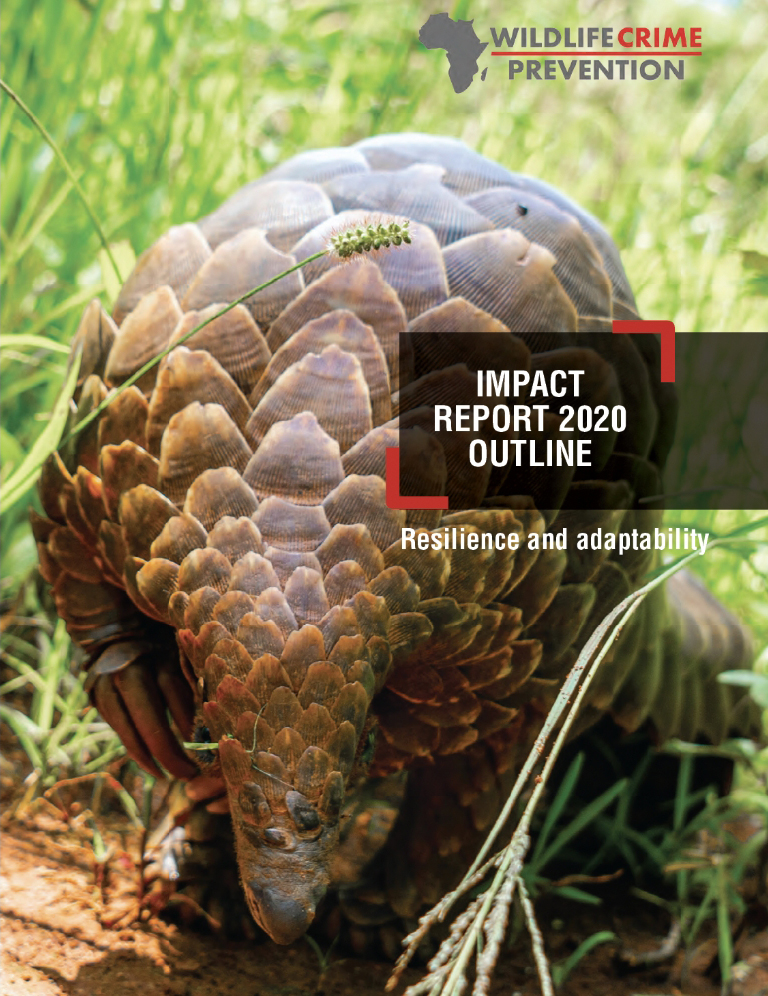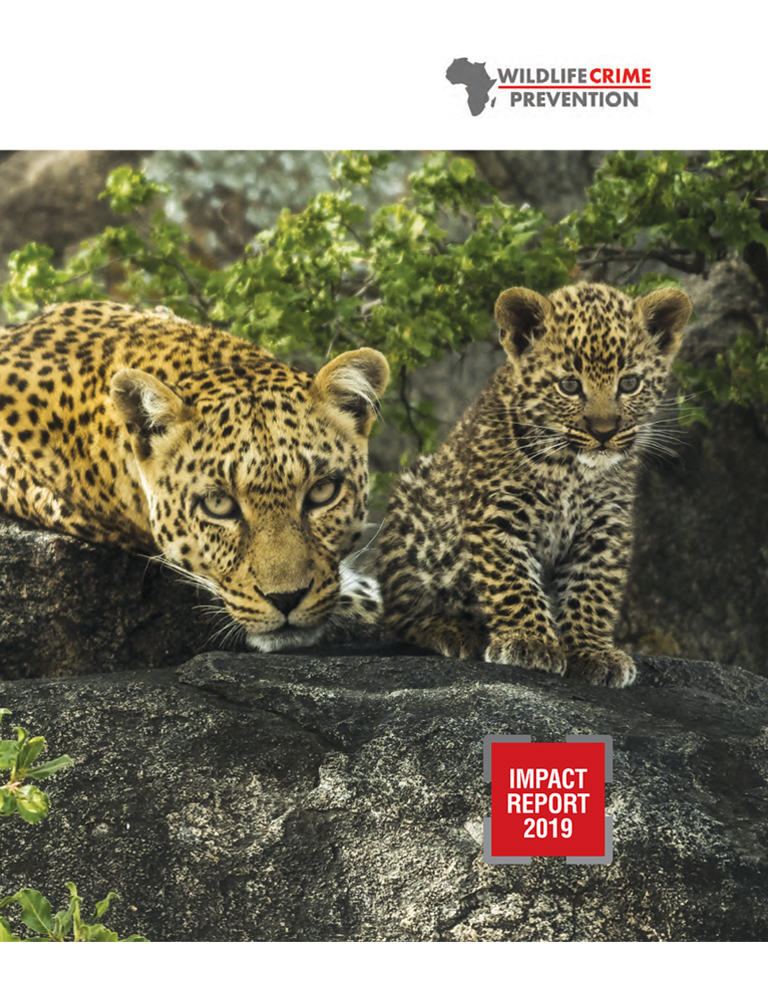Our work
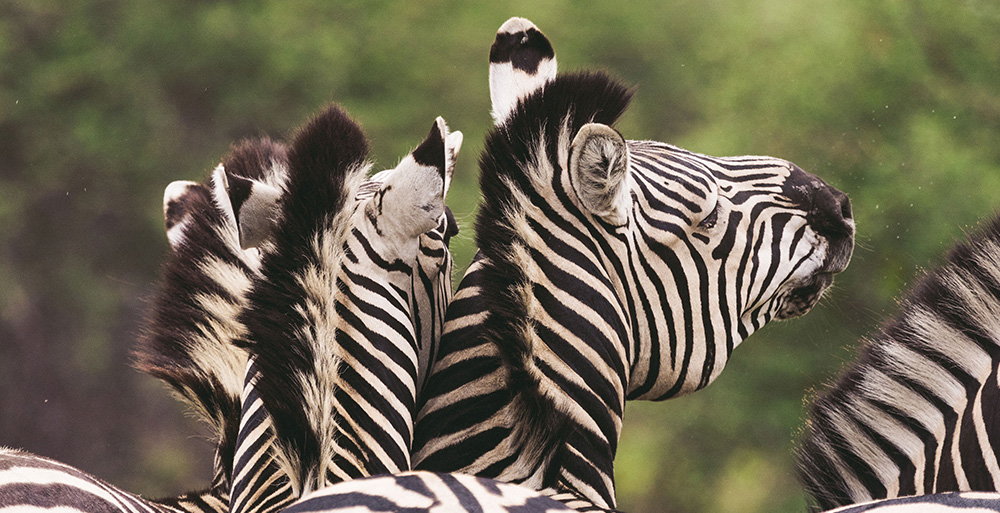
Law Enforcement
Supporting Department of National Parks and Wildlife (DNPW) Investigation and Intelligence Units countrywide with resources, equipment and capacity building, disrupting wildlife and environmental crimes in Zambia and neighbouring countries.
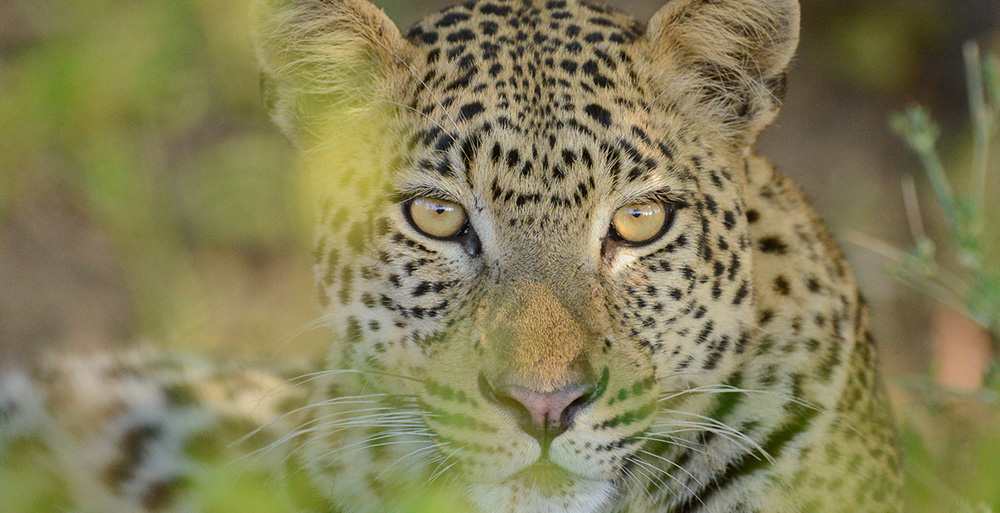
Wildlife Criminal Justice
Collaborating with DNPW, the National Prosecution Authority (NPA) and the judiciary by:
- monitoring wildlife and environmental crime cases
- supporting effective prosecutions and appropriate sentencing
- supporting adherence to human rights and reducing recidivism.
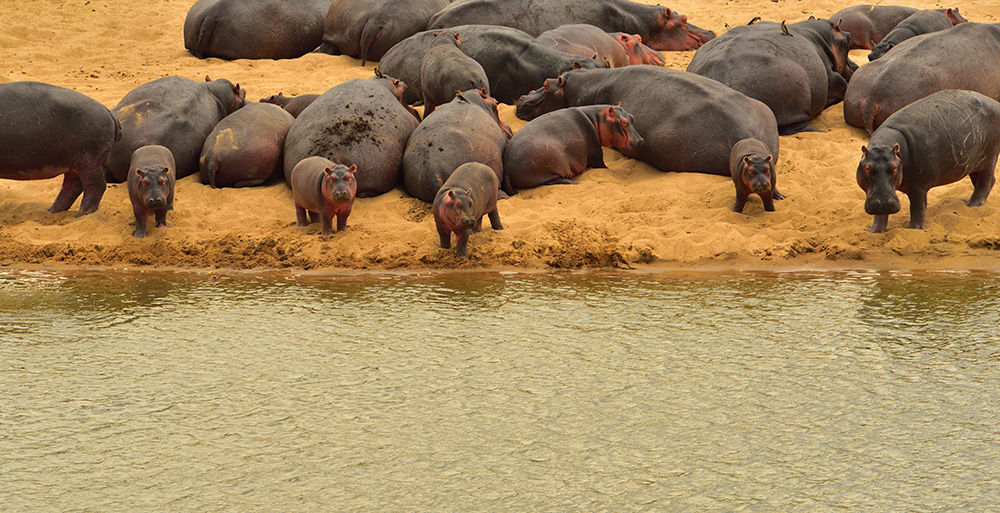
Communications
Increasing public awareness of wildlife and environmental crimes and their impact on our biodiversity, economy and communities, and supporting women and youth in conservation.
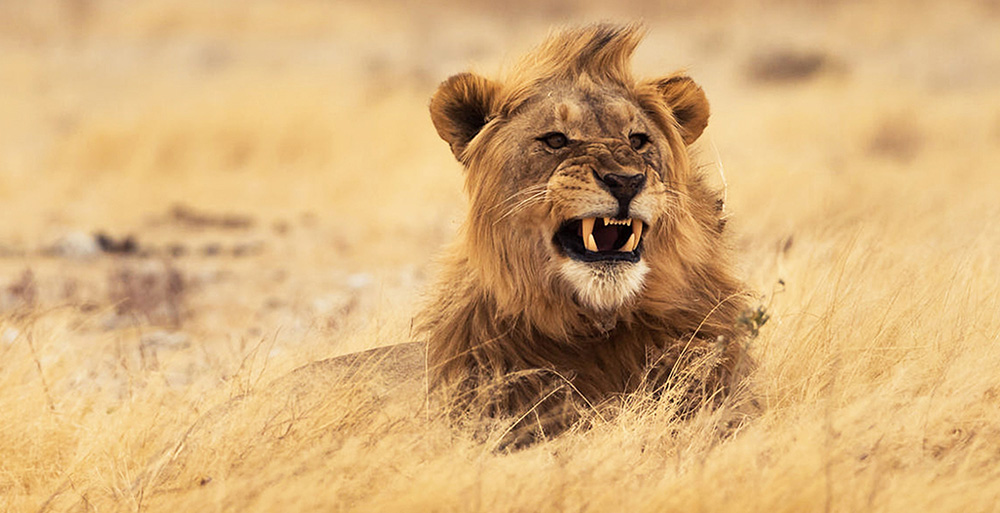
Situational Analysis and Special Projects
Improving knowledge and evidence base around wildlife and environmental crimes and their impact on law enforcement and conservation decision-making. Special projects include:
- rhino horn trade
- bushmeat
- big cat and pangolin poaching and trade.
- Pangolin rehabilitation and release:
Providing DNPW with a rehabilitation centre to provide treatment and care for injured or sick pangolins seized from the illegal trade before releasing them back into the wild.
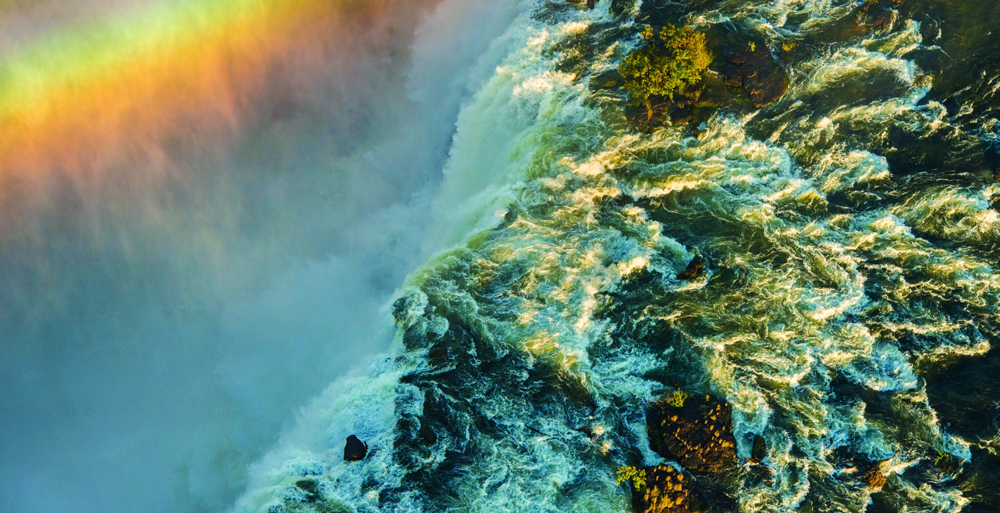
Regional Collaboration (Alinea)
Improving interdisciplinary collaboration across the Southern African region through a comprehensive platform of trained individuals and resourced organisations that can address wildlife and environmental crime.
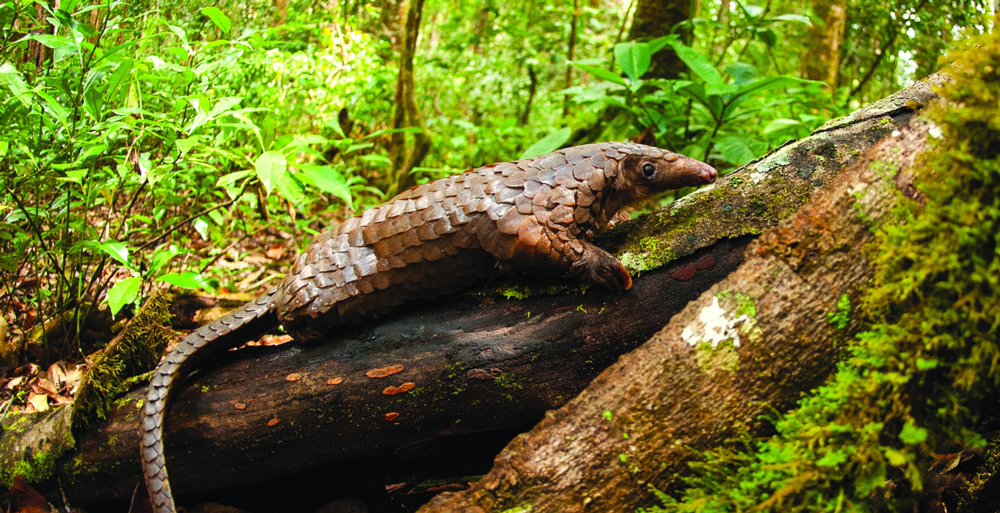
Pangolin Rehabilitation and Release
Live pangolins are often seized from the illegal trade. WCP has supported DNPW with a rehabilitation centre to provide treatment and care for injured or sick pangolins before they can be released back into the wild. Post-release monitoring is conducted to better understand the survival rates and distribution of released animals.

